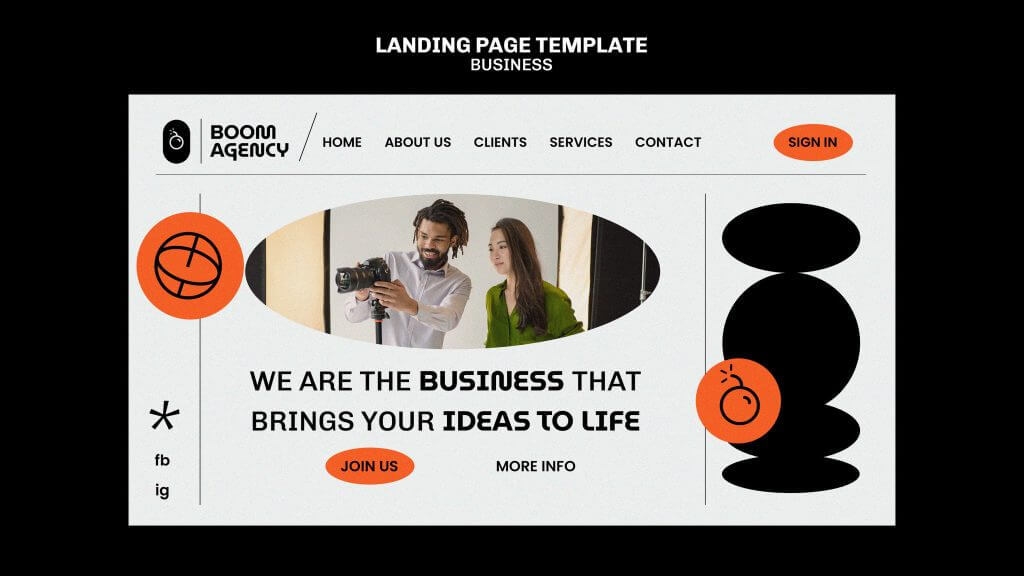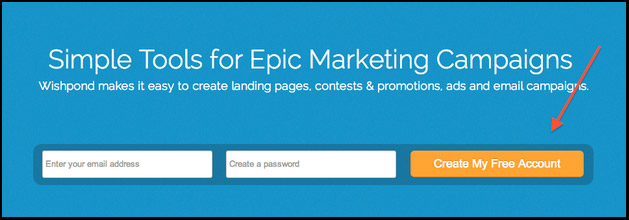In the dynamic realm of digital marketing, where every click counts and every conversion matters, optimizing landing pages for Google Ads conversions is not just a choice but a strategic necessity. Landing pages serve as the gateway between your ad and your desired action, whether it’s making a purchase, signing up for a service, or simply engaging with your brand. However, creating landing pages that effectively convert visitors into customers requires a meticulous blend of creativity, data-driven insights, and a deep understanding of user behavior. In this comprehensive guide, we delve into the intricacies of optimizing landing pages for maximum Google Ads conversions.
Understanding the Anatomy of a High-Converting Landing Page
Before delving into the nitty-gritty of optimization techniques, let’s dissect the key elements that constitute a high-converting landing page:
1. Compelling Headline
Your headline is the first thing visitors see when they land on your page. It should be attention-grabbing, relevant to the ad copy, and clearly communicate the value proposition. A captivating headline not only entices users to stay on your page but also sets the tone for the entire browsing experience.
2. Persuasive Copy

Craft concise, persuasive copy that highlights the benefits of your offering and resonates with your target audience. Use bold and italic formatting strategically to emphasize key points and evoke emotions. Your copy should address the pain points of your audience and showcase how your product or service can provide a solution. Incorporating storytelling elements can further engage visitors and compel them to take action.
3. Clear Call-to-Action (CTA)

A prominent, action-oriented CTA is crucial for guiding visitors towards the desired action. Make sure it stands out visually and clearly communicates what users should do next. Whether it’s “Sign Up Now,” “Shop Now,” or “Get Started,” your CTA should be compelling and aligned with the goal of your landing page. Experiment with different colors, shapes, and placements to optimize the effectiveness of your CTA.
4. Visual Appeal
Utilize high-quality images, videos, and graphics that complement your message and enhance the overall user experience. Visual content can captivate visitors and reinforce your brand message effectively. Incorporate visuals that resonate with your target audience and showcase your product or service in action. Avoid cluttering your landing page with excessive visuals, and ensure that each visual element serves a specific purpose in conveying your message.
5. Social Proof
Integrate testimonials, reviews, case studies, and trust badges to build credibility and alleviate any doubts or objections visitors may have. Authentic social proof can significantly boost conversion rates by instilling trust and confidence in your offering. Highlight positive experiences from satisfied customers and showcase real-world results to demonstrate the value of your product or service. Additionally, displaying social proof near your CTA can create a sense of urgency and encourage immediate action.
Implementing Advanced Optimization Techniques
Beyond the basics, implementing advanced optimization techniques can elevate your landing pages to new heights of effectiveness:
6. A/B Testing

Continuously test different elements of your landing pages, such as headlines, CTAs, imagery, and layout, to identify what resonates best with your audience. Use data-driven insights to refine your approach and maximize conversions. A/B testing allows you to experiment with variations of your landing page and determine which elements yield the highest conversion rates. From button colors to headline phrasing, even subtle changes can have a significant impact on user behavior.
7. Responsive Design
Ensure your landing pages are optimized for all devices, including desktops, smartphones, and tablets. Responsive design improves user experience and ensures seamless interaction across various screen sizes. With the increasing prevalence of mobile browsing, optimizing for mobile responsiveness is essential for capturing and retaining the attention of users on the go. Test your landing pages across multiple devices and screen resolutions to ensure consistent performance and usability.
8. Performance Tracking
Utilize analytics tools like Google Analytics and Google Ads conversion tracking to monitor the performance of your landing pages. Track key metrics such as bounce rate, time on page, and conversion rate to identify areas for improvement. By analyzing user behavior and engagement metrics, you can gain valuable insights into the effectiveness of your landing pages and make data-driven optimizations accordingly. Set up custom conversion goals to track specific actions taken by users, such as form submissions or product purchases, and measure the impact of your optimization efforts.
9. Keyword Optimization
Integrate relevant keywords into your landing page copy, meta tags, and headings to improve visibility and attract qualified traffic from Google Ads campaigns. Conduct thorough keyword research to identify high-intent keywords with optimal search volume. Incorporate long-tail keywords and semantic variations to capture a broader range of search queries and enhance your chances of ranking higher in search engine results. Avoid keyword stuffing and prioritize natural, user-friendly language that resonates with your target audience.
10. Speed Optimization
Optimize your landing pages for fast loading times to minimize bounce rates and improve user satisfaction. Compress images, leverage browser caching, and eliminate unnecessary scripts to enhance page speed performance. Slow-loading pages can frustrate visitors and deter them from engaging with your content, leading to missed opportunities for conversions. Use tools like Google PageSpeed Insights to identify performance bottlenecks and implement optimizations that streamline page loading times. Prioritize a seamless user experience by prioritizing speed and responsiveness across all devices and platforms.
Conclusion: Elevate Your Google Ads Conversions with Optimized Landing Pages
In the competitive landscape of online advertising, the efficacy of your Google Ads campaigns hinges on the performance of your landing pages. By implementing the strategies outlined in this guide, you can unlock the full potential of your landing pages and drive higher conversions. Remember, successful optimization is an ongoing process that requires constant iteration, testing, and refinement. Stay proactive, stay data-driven, and watch your Google Ads conversions soar to new heights.



